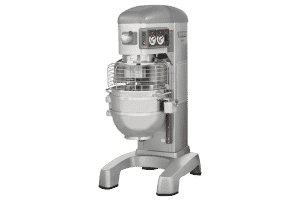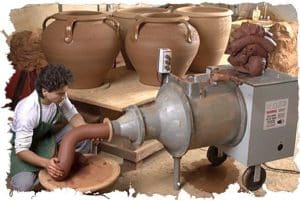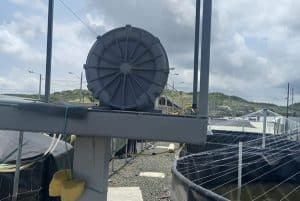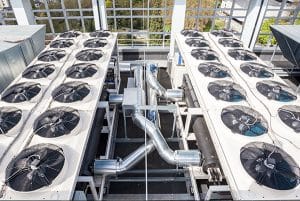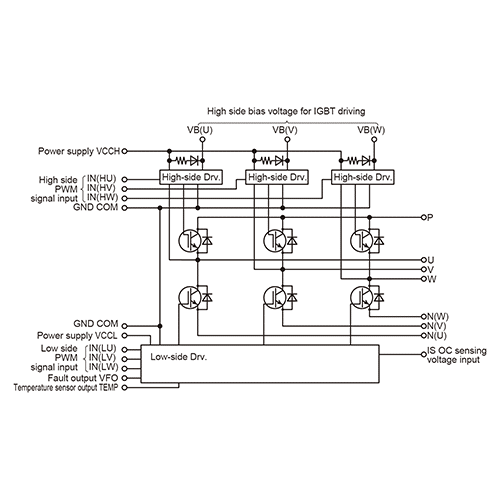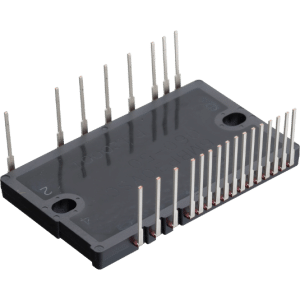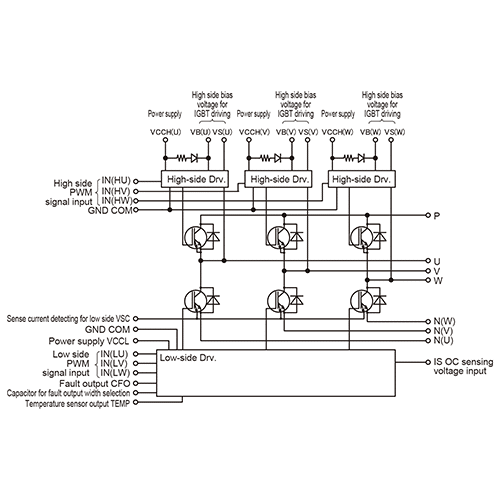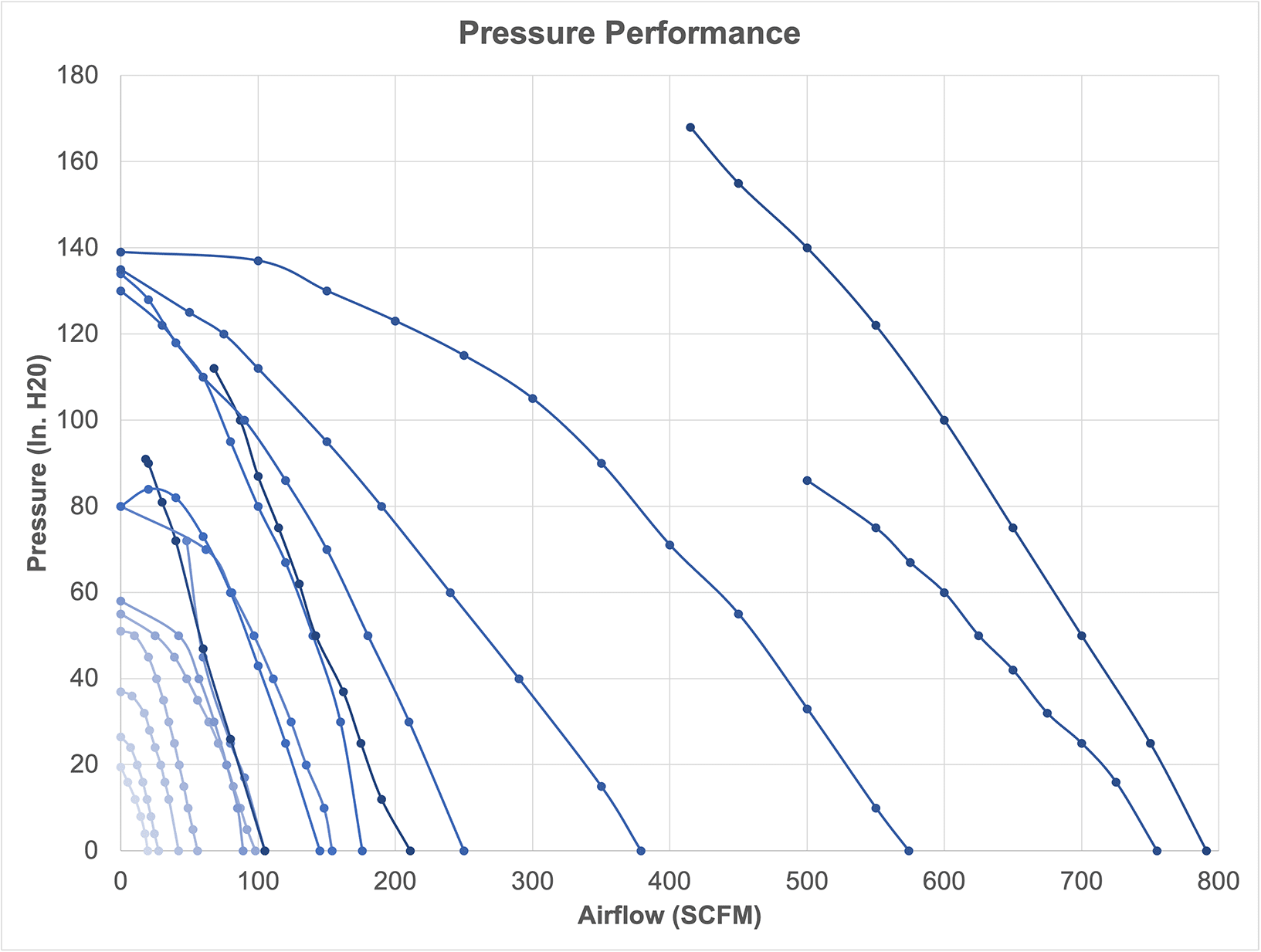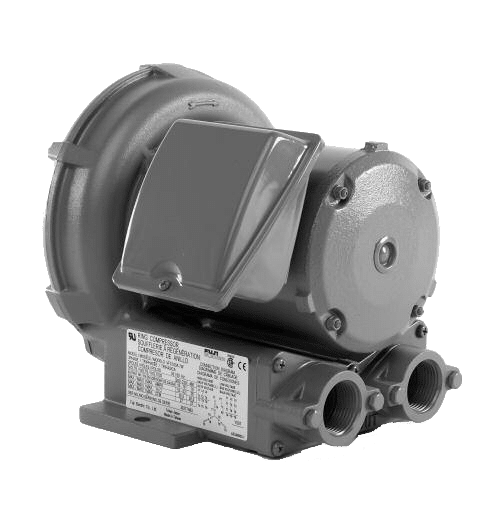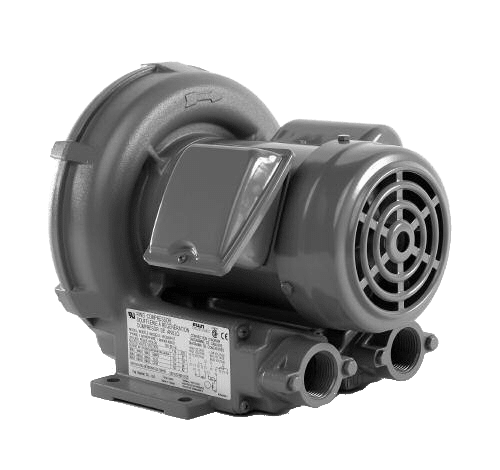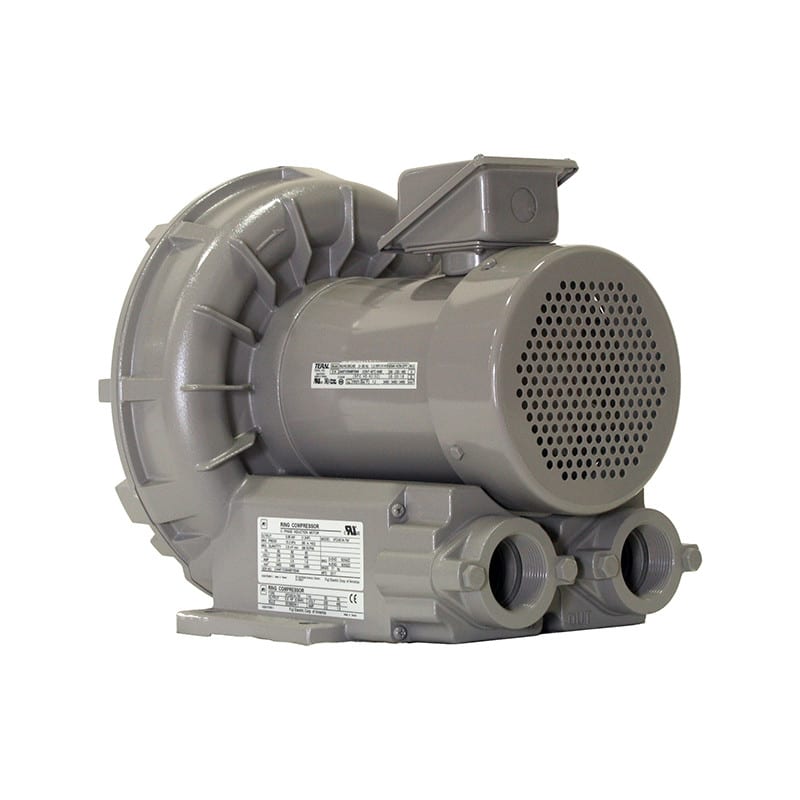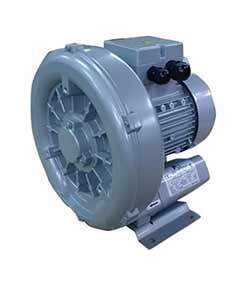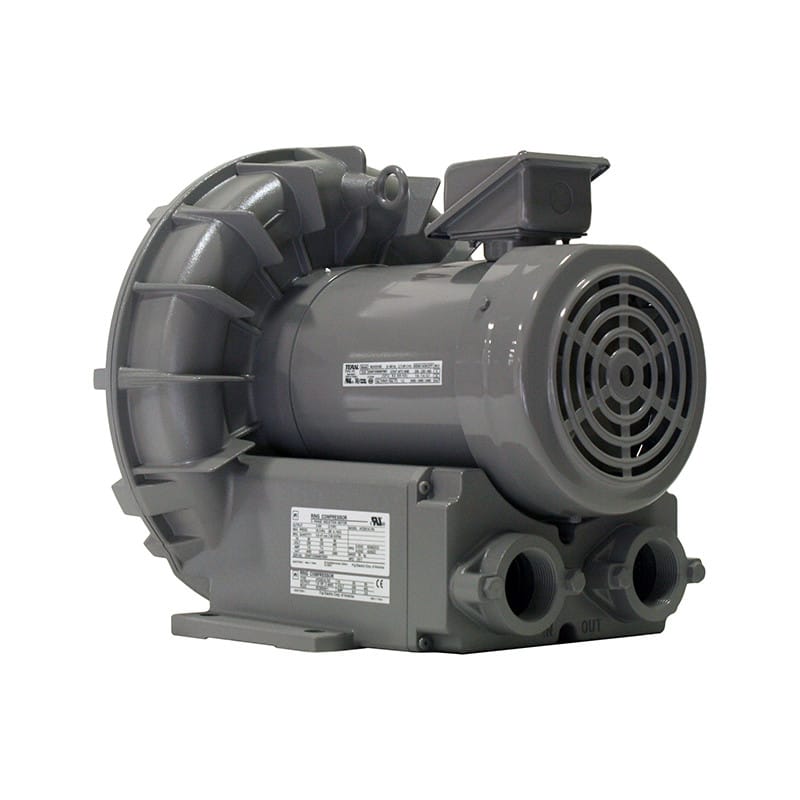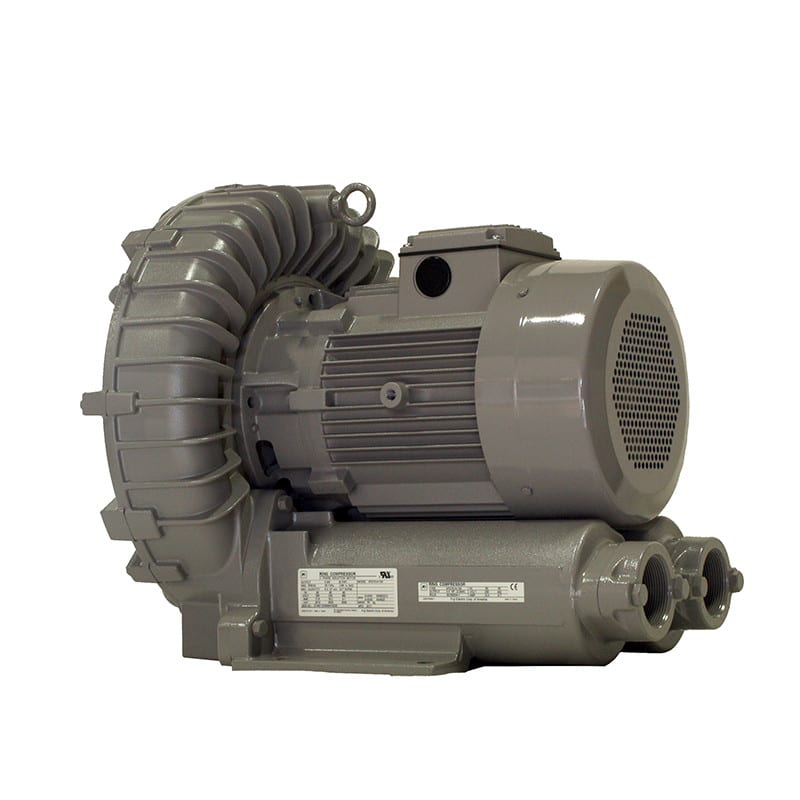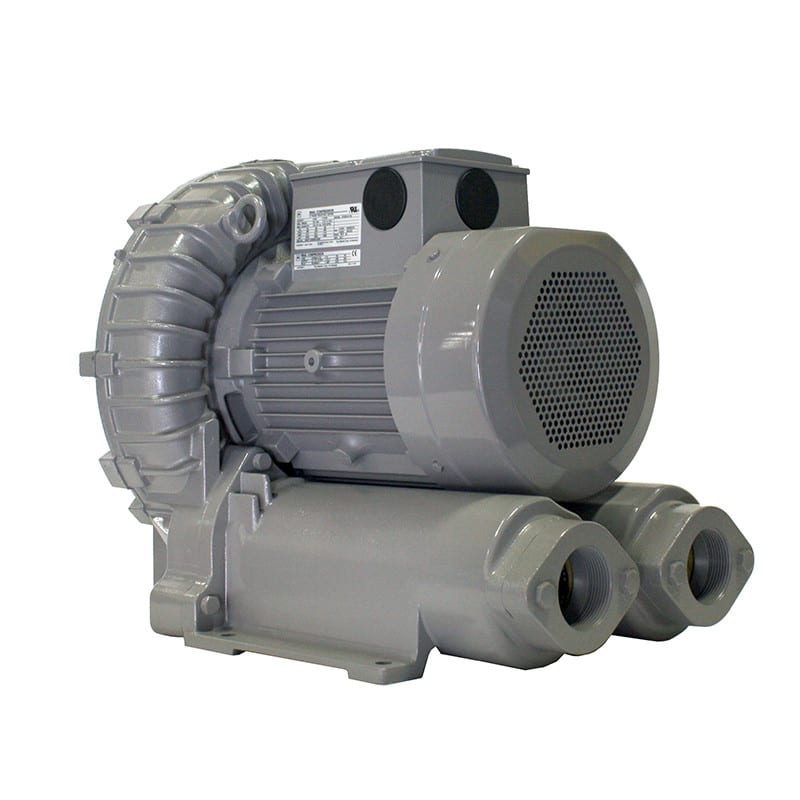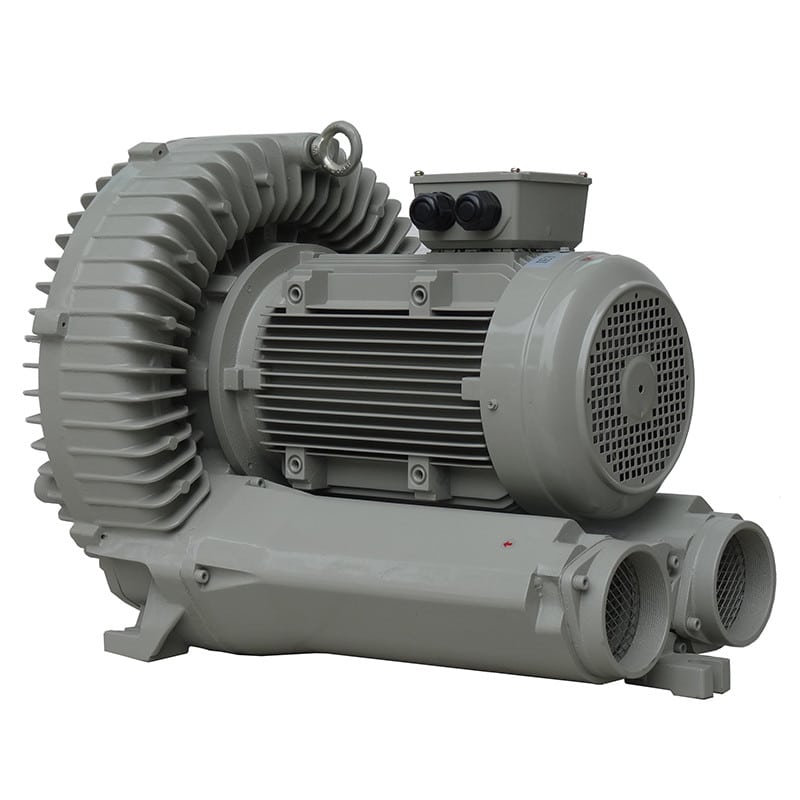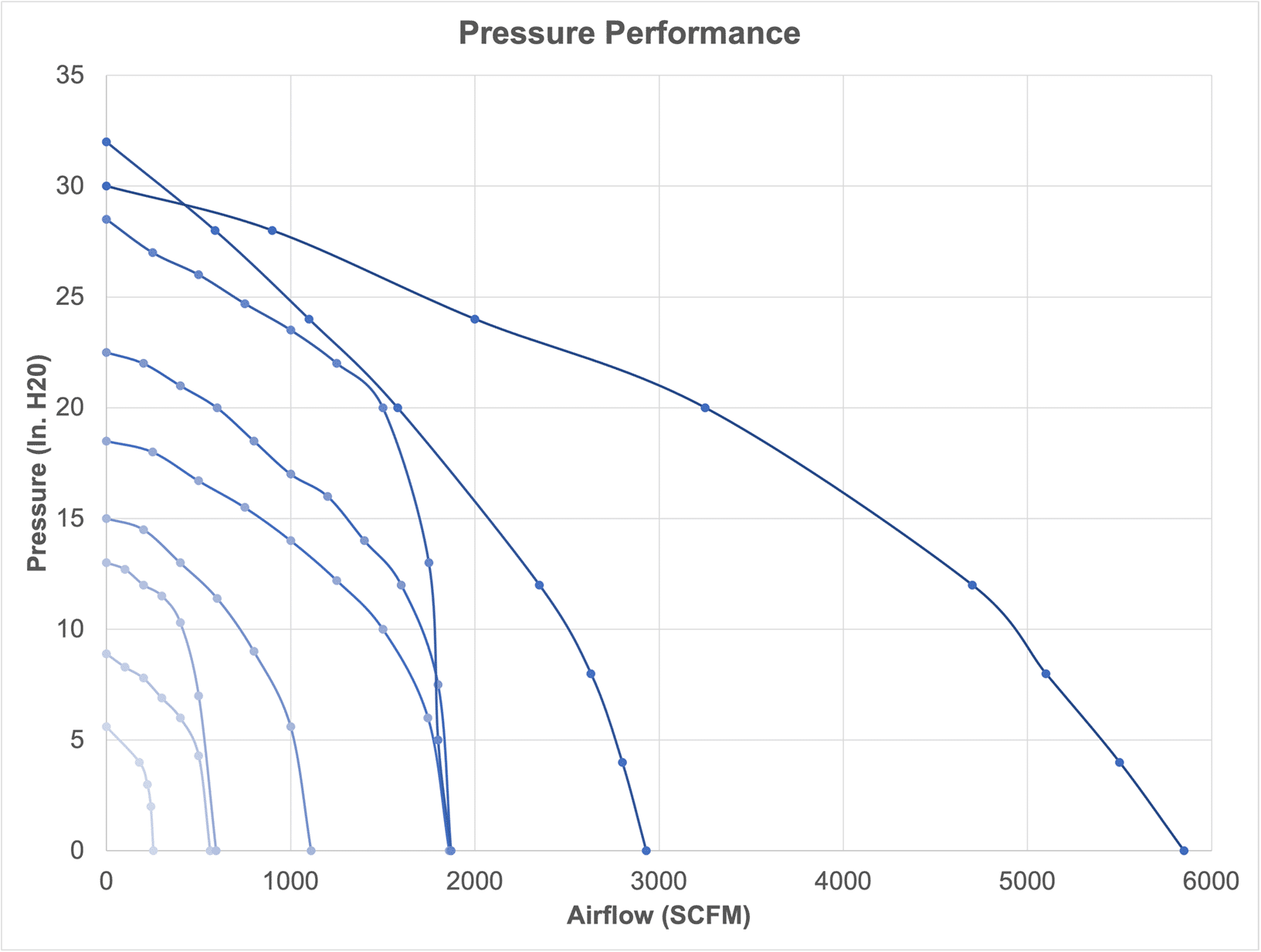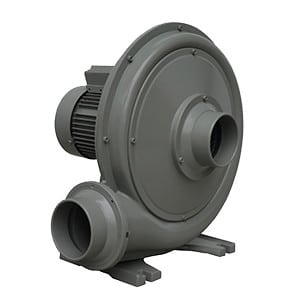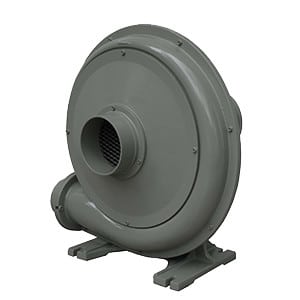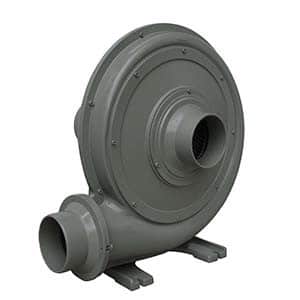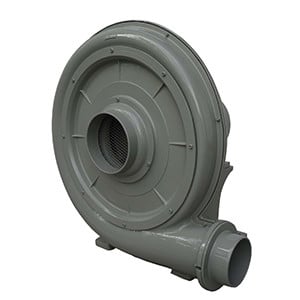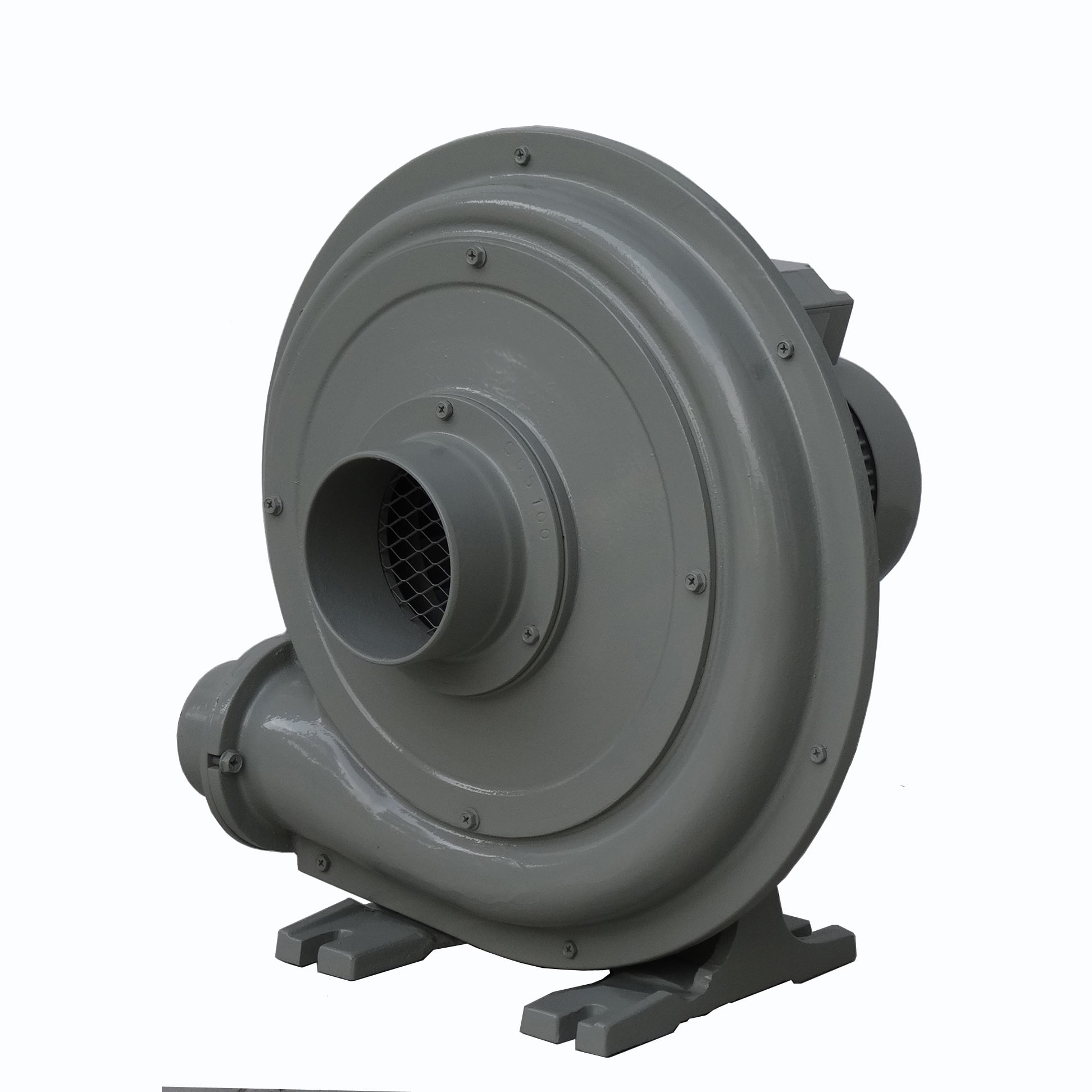The pressure of the measured fluid is applied to an internal measuring element through a fitting and then a mechanical interface – measuring membrane. The electronic measuring element converts the pressure into a raw signal. There are different measurement technologies:
- The piezoresistive pressure sensor measures the force applied to a metal diaphragm.
The pressure exerted deforms the diaphragm which transmits the pressure variation via an intermediate incompressible fluid (oil or water). This deforms a piezoresistive silicon element (Wheatstone bridge). This element is a variable electrical resistance which converts the strain into an ohmic value. - The capacitive pressure sensor measures the force applied to a metal or ceramic membrane. The pressure exerted distorts the membrane, which transmits the pressure variation via an intermediate incompressible fluid (oil or water). This deforms a capacitive silicon element.
This element is a variable capacitor that converts deformation into a capacitive value.
The frequency resonant pressure sensor
The voltage gauge sensor
The signal from the measuring element is then filtered, amplified, temperature compensated and then formatted into an analog signal. The analog output signal is transmitted via an electrical connector.
How to calibrate a pressure transmitter:
Industrial pressure transmitters require periodic calibration to ensure accurate pressure measurement.
The calibration period is defined by the manufacturer. Zero (Zero) and full-scale sensor (Span) should be calibrated. Calibration involves applying a reference pressure to the sensor’s mechanical interface, checking the output signal and then applying a compensation. The sensor can be calibrated using an external adjustment screw, a local digital indicator, a programming interface or programming software.
In order to perform the various manipulations, it may be necessary to have an isolated faucet or manifold on the pressure transmitter.
How to install a pressure transmitter:
The pressure sensor can be fixed with a mechanical connection to the measuring organ or to the piping where the pressure is to be measured. Special precautions should be taken depending on pressure and temperature conditions. The sensor output signal can be connected to a display system (display, recorder or supervision) or an PLC to drive a control device.
How to check a pressure transmitter:
A pressure sensor can be tested by applying a reference pressure to the process connection and by checking the signal of the measured analog output or the value displayed on the indicator.
How to set up a pressure transmitter:
There are different ways to set up pressure sensors. Pressure sensors can have a local digital indicator that can be adjusted to adjust the parameters. They can also be configured remotely with a programming interface (hand held communicator) or a configuration software via the digital signal and HART protocol.




















